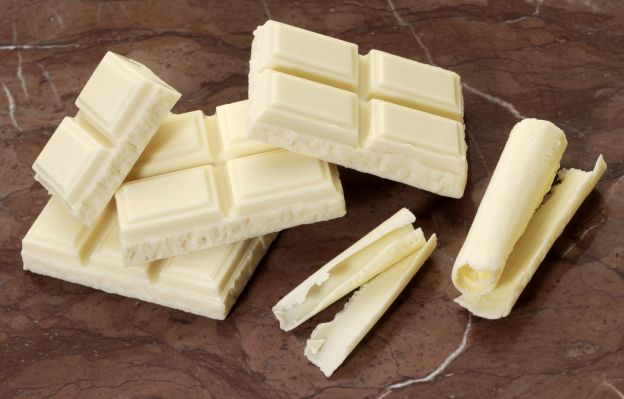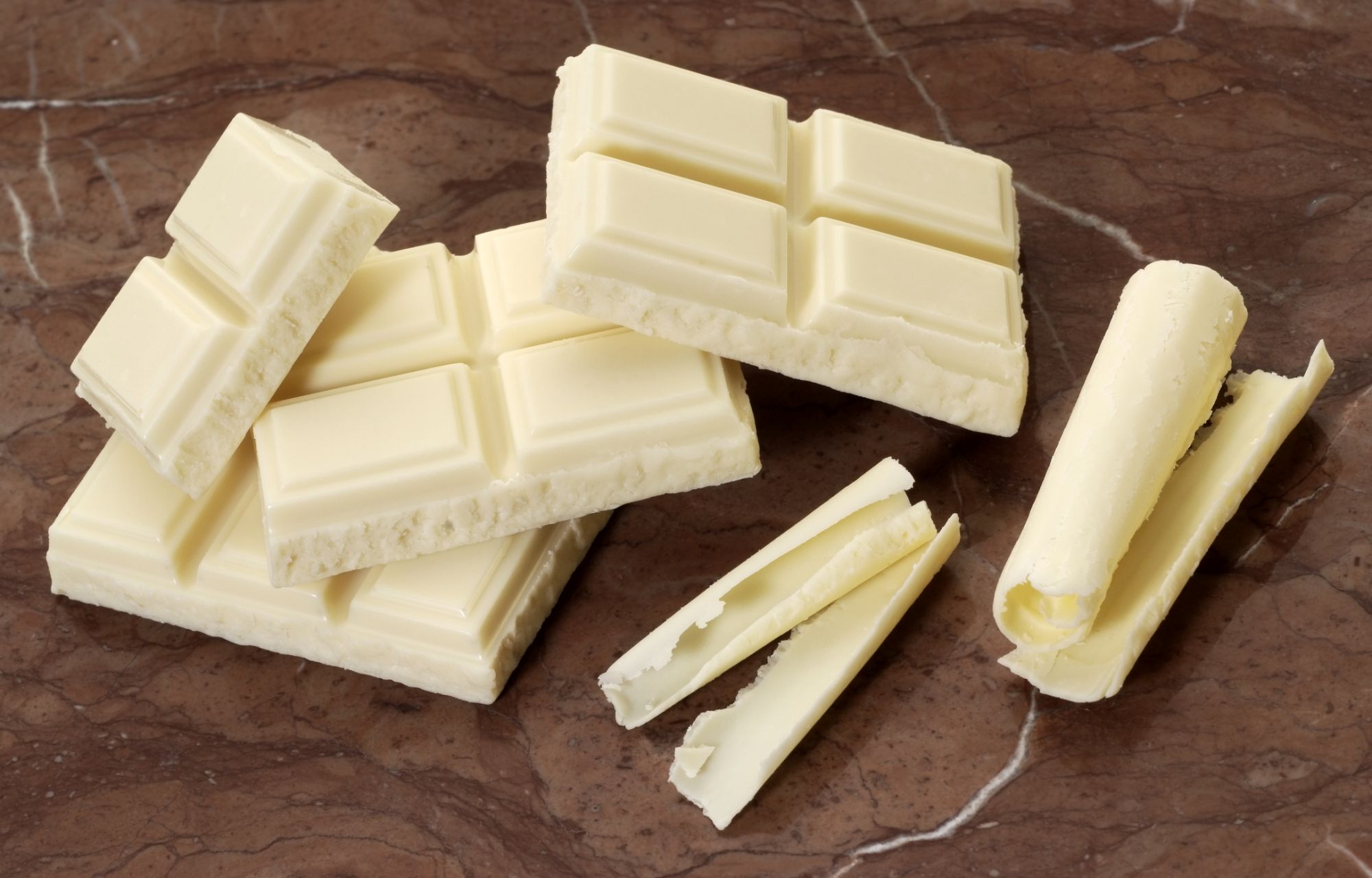Everything you never knew about white chocolate

White chocolate tends to have a bad reputation, thanks (or no thanks) to certain overly processed sugary culprits. But it's not out of the game yet. In recent years, its consumption has risen significantly all over the world.
This is due to the fact that the milky sweet has since become an invaluable ingredient in the baking industry, and now white chocolate lovers can find an array of high-quality varieties everywhere.
What is white chocolate?
White chocolate was born in Switzerland in the 1930's, when Nestle was dealing with a surplus of cocoa butter. It's composed primarily of cocoa butter, the fats from cocoa beans, powdered milk and sugar. The ratios vary, depending on its maker, although all white chocolate is required to contain at least 20% cocoa butter and 14% powdered milk.
Why is it useful in pastry making?
-It holds things together. So you can use it, for example, as a replacement for the gelatin in panna cotta.
-It can replace the butter in certain recipes thanks to the cocoa butter, which is a plant-based fat. This could be especially useful for those who want to reduce their consumption of animal fats or who have decided to go vegetarian altogether. To make lemon pie, you can even replace 1 part sugar and butter in the recipe with white couverture chocolate, a high-quality variety that's particularly rich in cocoa butter.
-It's an effective flavor ally because it has a neutral taste, and its fat percentage allows added aromas to really penetrate a recipe (spices, fruits, etc.).
-It pairs well with the intense flavors of citrus and red fruits. You could serve a white chocolate mousse or cream with some raspberries or passion fruit coulis, for example.
-It can add airiness. Master pastry makers have long since abandoned buttercream in macaroons and replaced it with a ganache whipped from white chocolate—this kind of ganache has a very liquid texture and is prepared with white chocolate, cream and the addition of a specific flavoring (chocolate, pistachio, strawberry, etc.). The ingredients are then whisked together until light and fluffy, like whipped cream.
So don't buy into the white chocolate stigma. You might not like the taste of it alone, but start using it in your dessert recipes, and you'll end up with creamy, buttery, delectable results that will make you wonder how you ever baked without it.
More steaming articles
 10 habits that will make you a better...
10 habits that will make you a better...
 15 must-know entertaining hacks for...
15 must-know entertaining hacks for...
 10 foods you should NEVER store in the...
10 foods you should NEVER store in the...
Chef Tips and Tricks
Do you put the pasta in without waiting for the water to boil? Add oil? Forget the salt?


Comment on this article